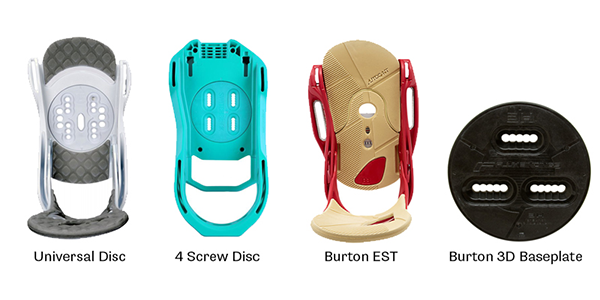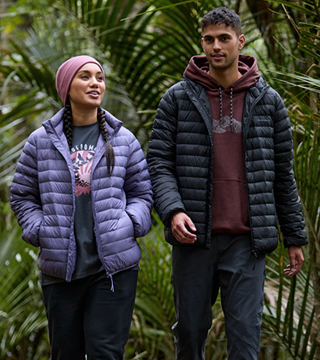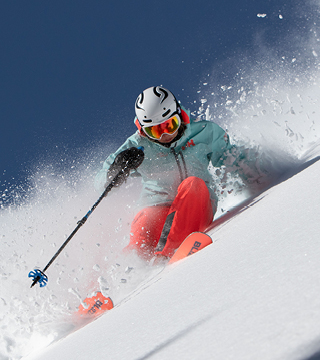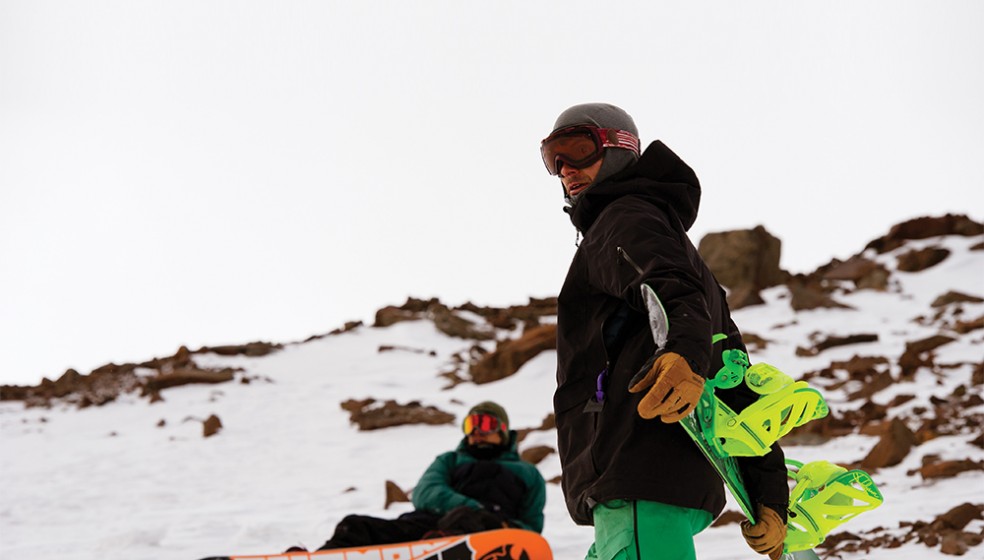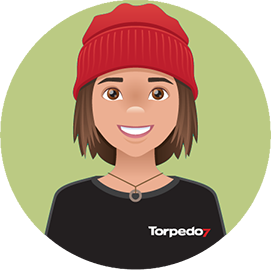The snowboard binding you select should match your ability level and the terrain you prefer to ride. The binding also needs to be correctly sized for your boot so if you are going in store to buy, be sure to take your boots with you.
Step 1: Flex Rating Based on Ability Level
If you are a beginner then a softer flexing binding will be more forgiving, making the learning experience more enjoyable. You will also progress more quickly in a softer-flexing, forgiving binding. Basically the softer the flex of a binding, the more forgiving it will be when initiating turns. If you are an expert rider you will likely already know your flex preference, but in general a stiffer binding offers greater response and quicker turn initiation.
Flex Rating
1 – 2: Soft
3 – 5: Medium
6 – 8: Stiff
9 – 10: Very Stiff
Step 2: Flex Rating Based on Terrain preference
Once you progress beyond the learners slope, you will probably start spending more time on a specific part of the mountain and so it makes sense to get a binding optimized for the terrain you are riding the most. The terrain on the mountain falls into three general categories: Park/Freestyle, All-Mountain or Freeride.
Park or Freestyle: If you want to bust out tricks on park features, then you would select a softer flexing binding which will be forgiving on landings, improve control on park features, and generally be more comfortable in freestyle terrain. Bindings designed for park and freestyle also often have foot beds that provide more cushioning for shock absorption when landing jumps and tricks.
All-Mountain: If you ride all over the mountain, including carving down the groomers, surfing the powder off-piste and even maybe the odd lap in the park, then a medium flexing binding is the way to go. The extra support will be appreciated at higher speeds and in challenging snow conditions. Also look for highbacks with adjustable forward lean to fine tune the binding to your preferred stance on your board.
Freeride: If you spend most of your time seeking out the steepest lines with the best snow and like to do things at speed, then you need maximum support and responsiveness from your binding – a binding with a flex at the stiffer end of the scale is your best choice. You would also be looking for a binding with a reliable forward-lean adjustment to optimize your stance. But by the time your ability rises to needing a binding like this, chances are you will know exactly what you want in a binding.
Step 3: Choose Binding Mounting Option
4 Screw (4×2 or 4×4): Most snowboard bindings available use the standard 4 screw mounting system. The screw size and hole spread are standardized across virtually all snowboards (excluding Burton channel system and Burton 3 screw mounting snowboards) meaning your bindings will be compatible with whatever board you decide to attach them to. The 4 screw mounting system is stable, reliable, and consistent across snowboarding manufacturers.
3 Screw (Burton 3D): Burton snowboards offer a small amount of snowboards with a triangle binding mount configuration requiring only 3 screws to attach each binding. Burton makes base plates to enable easy compatibility with all types and brands of bindings, with the only exception being EST bindings. EST bindings do not attach to a 3 screw configuration snowboard.
EST: Snowboard bindings that use an EST mounting system are only compatible with the Burton channel system. This type of binding is easily identifiable by its mounting holes being on the outside of the binding rather than the tradition 4 screw design which sits underfoot. EST bindings are attached to Burton channel system boards by two screws only, and in turn offer better binding flex, improved adjustability, and a reduction in board flex ‘dead spots’ underfoot.
Universal Baseplates: This type of base plate works with numerous types of board mounting system including Burton channel system boards. This type of base plate typically comes with all Burton bindings (except EST), or are readily available from your local snowboard shop.
